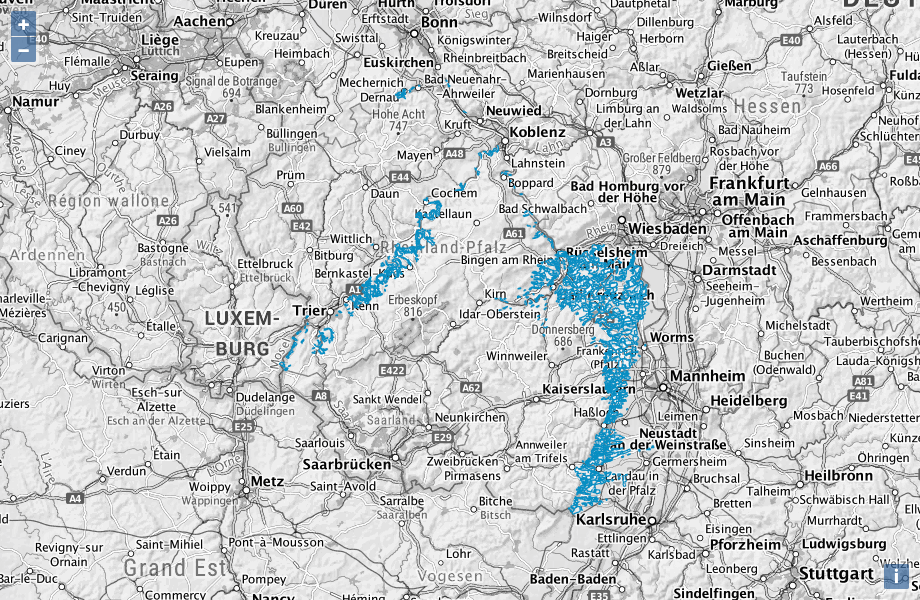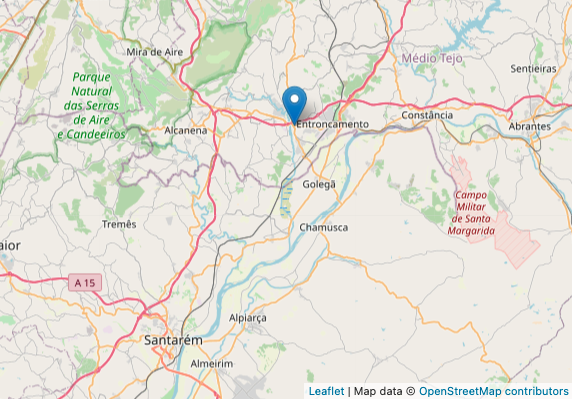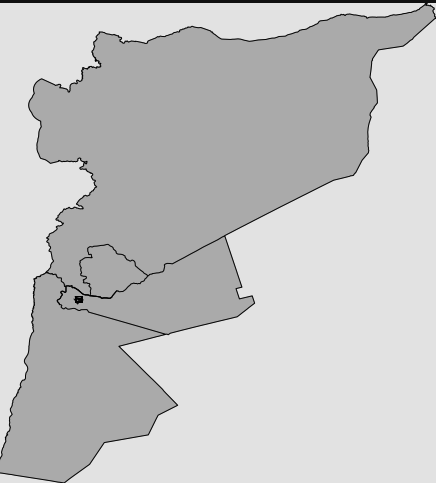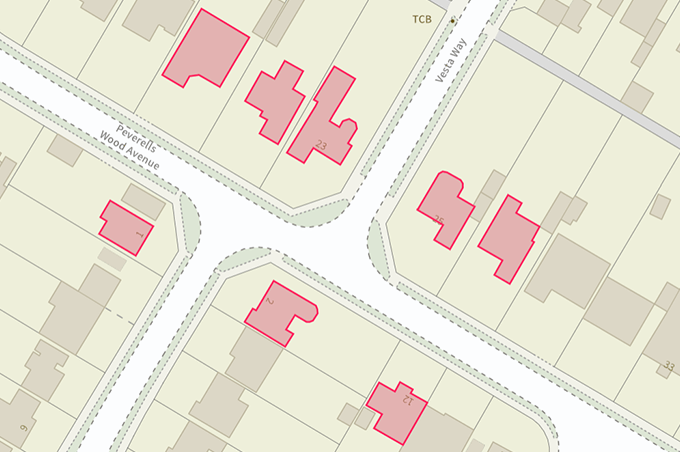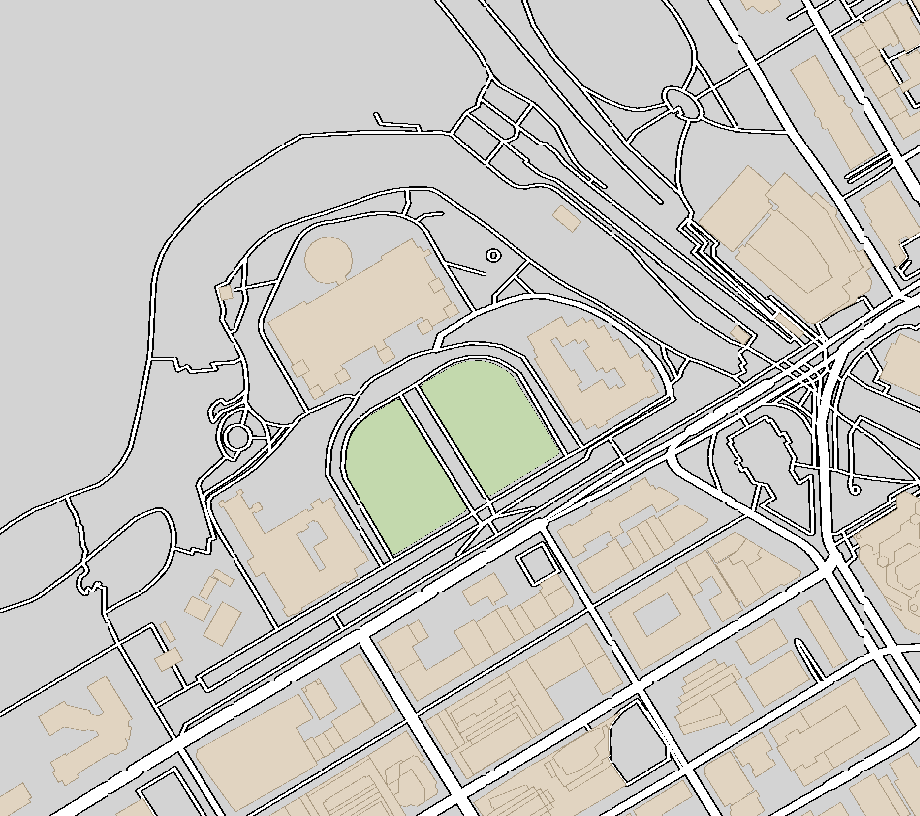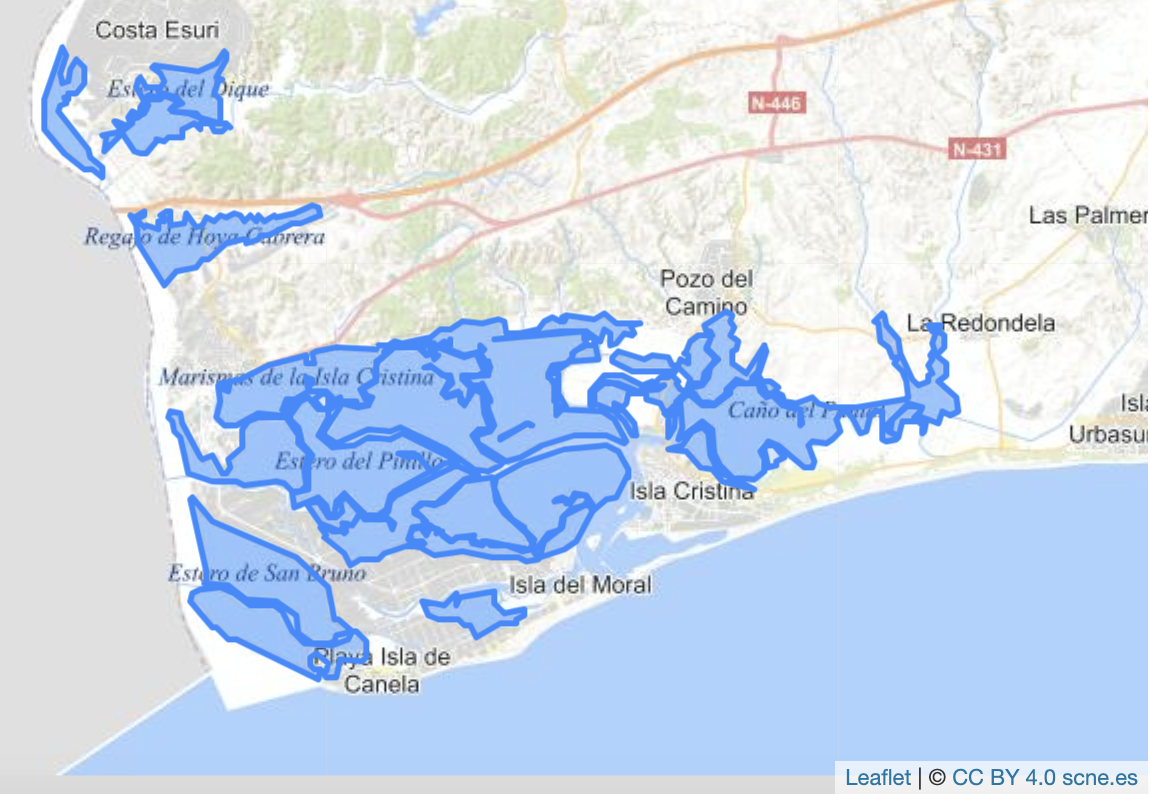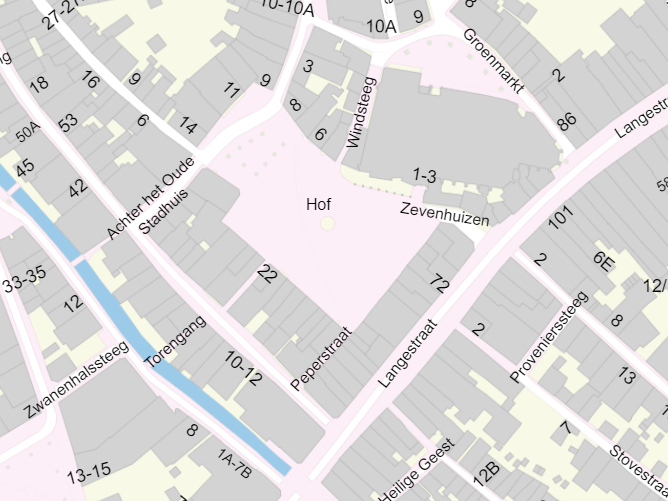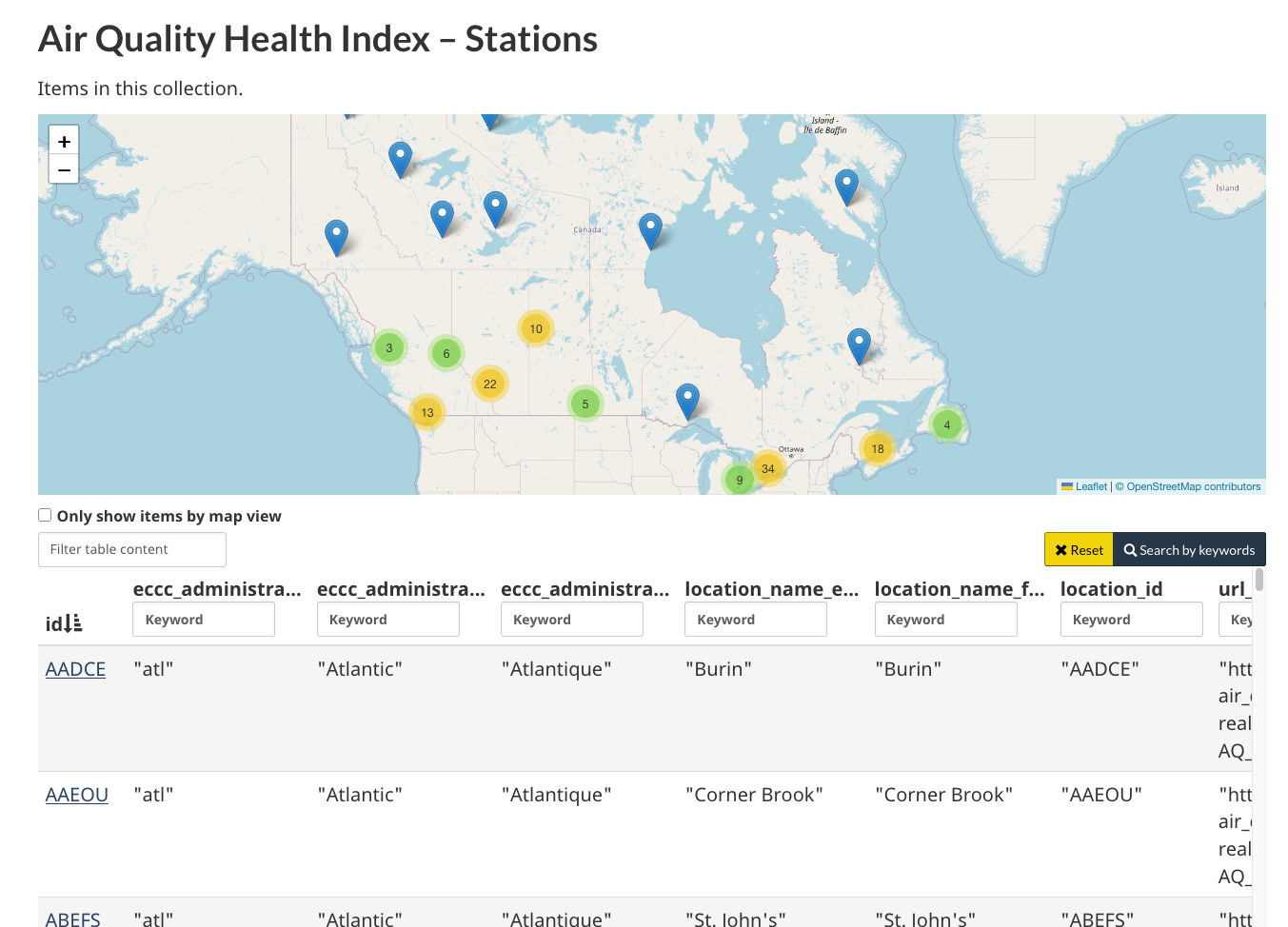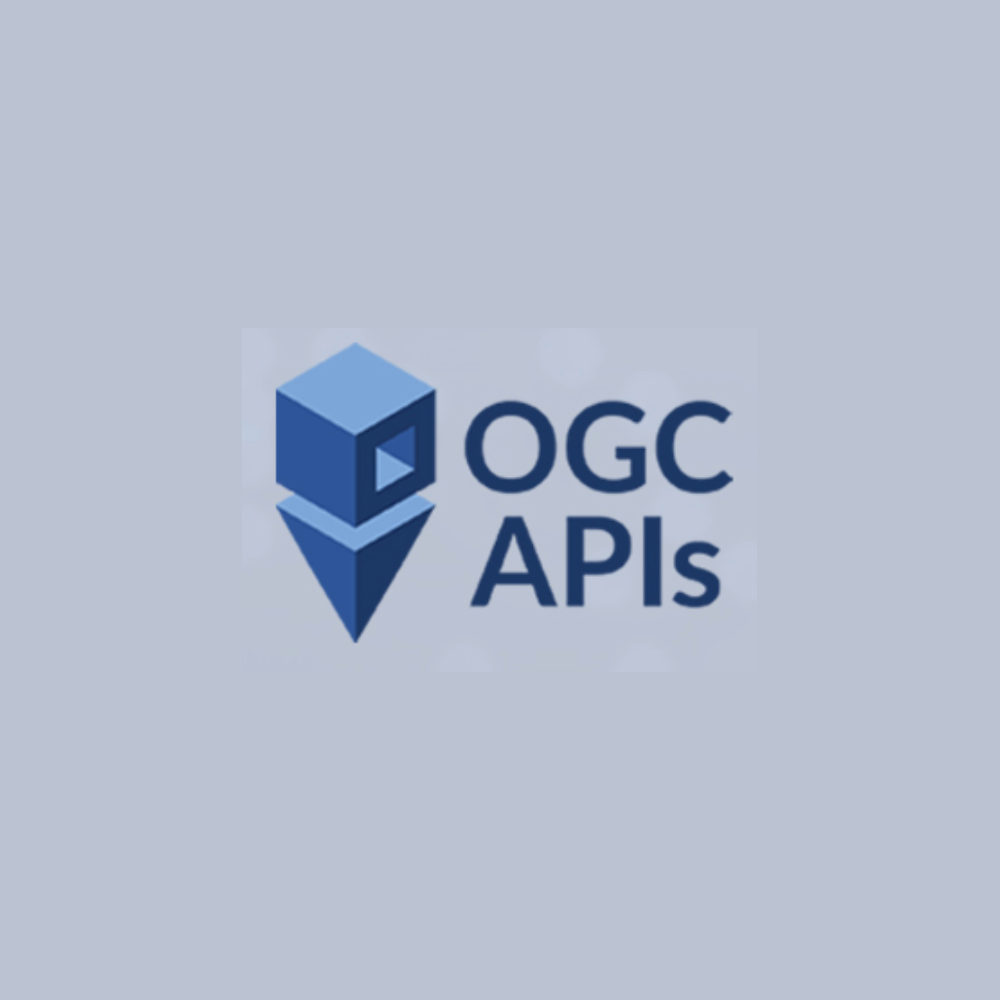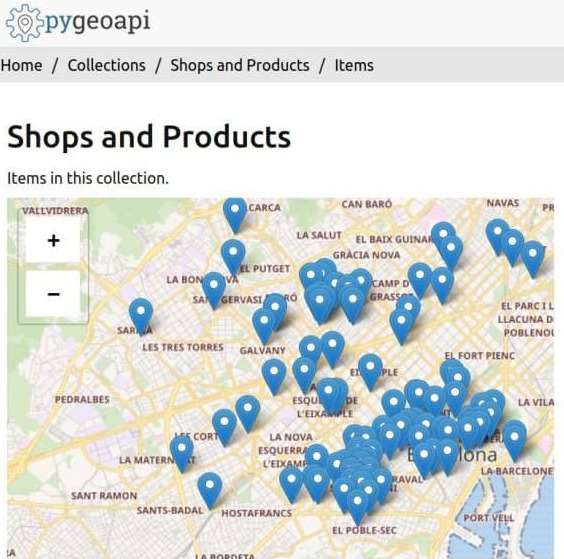Overview
OGC API - Features provides access to collections of geospatial data.

-
Get collections
Lists the collections of data on the server that can be queried, and each describes basic information about the geospatial data collection, like its id and description, as well as the spatial and temporal extents of all the data contained.
-
Get items
Requests all the data in a given collection. The response format (typically HTML or a GeoJSON feature collection, but GML is supported, too, and extensions can easily supply others) is determined using HTTP content negotiation.
-
Get feature
Returns a single 'feature' - something in the real-world (a building, a stream, a county, etc.) that typically is described by a geometry plus other properties. This provides a stable, canonical URL to link to the 'thing'.
If you are interested in finding out how-to use other coordinate reference systems, you can read this . You can find here links for different parts of the spec and explore it using Swagger .
